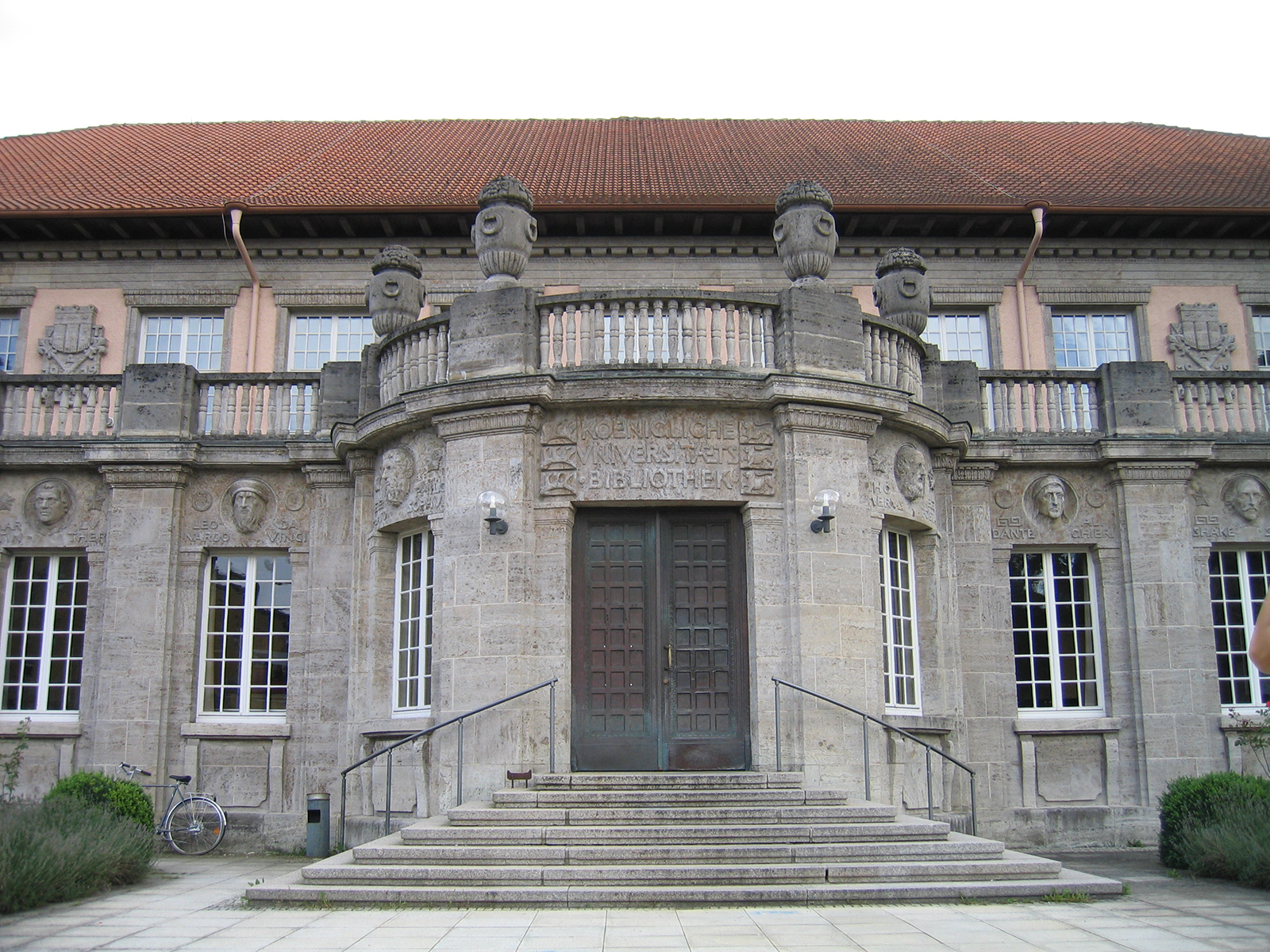University of Tübingen international team traces traces of a global interconnectedness in a mummification
A research team from the LMU Munich and the University of Tübingen gained new insights into how the ancient Egyptians embalmed the bodies of the deceased by analyzing residues on vessels in a mummification workshop
The archaeologists were able to determine which substances were used for which part of the body
Some substances did not come from Egypt, but from the entire Mediterranean region, tropical rainforests and even Southeast Asia – evidence of early global networking
Exactly 100 years ago, the tomb of Tut-annch-Amun was discovered with his world-famous mummy. Since then, researchers have gained numerous insights into how the ancient Egyptians prepared the corpses for mummification. But how they ultimately made the bodies of the deceased immortal by embalming them is not sufficiently known. A German-Egyptian research team has now succeeded in gaining completely new insights into the chemistry of embalming. The results were published in the journal Nature .
A research team from the Ludwig-Maximilians-University (LMU) Munich and the University of Tübingen, together with the National Research Center in Cairo, analyzed chemical residues on vessels from an embalming workshop in Saqqara, not far from the Pyramid of Unas, which was only discovered in 2016. “We were able to carry out all scientific analyzes in Egypt ourselves,” says LMU archaeologist Philipp Stockhammer and Maxime Rageot from the University of Tübingen adds: “We owe that to Ramadan Hussein, the discoverer and head of the excavation of the DFG Saqqara Saite Tombs Project, who unfortunately died in the Spring died unexpectedly.”
In the newly discovered workshop, in the 7th and 6th centuries B.C. specialists the dead. It was a stroke of luck for the Egyptologists that numerous vessels that the craftsmen had used at the time could still be recovered. And: The vessels were labeled with information about the contents, some even with instructions. “Many of these embalming substances have been known by name since the ancient Egyptian script was deciphered,” says the head of the excavation, Susanne Beck from the University of Tübingen, “but so far we have only been able to guess which substance was hidden behind a name.”
Vessels lined up on a staircase, part of a pyramid in the background
Vessels from the embalming workshop
The embalming: certain substances for certain parts of the body
The chemical residue analyzes on the vessels now made it possible to extract and identify the molecular residues of those substances that had previously been in the vessel – and revealed numerous surprises. Maxime Rageot, archaeologist at the University of Tübingen and head of the analysis project, emphasizes: “For a long time, the substance called antiu by the ancient Egyptians was translated as myrrh or frankincense, but we have now been able to show that it is a specific mixture of very different ingredients , which we were able to decode using gas chromatography-mass spectrometry”. In Saqqara, antiu was a mixture of cedar oil, juniper/cypress oil and animal fats.
These findings make it possible to re-read well-known texts on ancient Egyptian embalming. By comparing the identified substances with the labels on the vessels, the research team was now able to determine exactly which substances were used for embalming certain parts of the body – such as pistachio resin and castor oil exclusively for the head. “It was particularly surprising for us that most of the substances used during embalming did not come from Egypt itself, but were imported from the Mediterranean region and even from tropical Africa and Southeast Asia,” says LMU archaeologist Philipp Stockhammer, who funded the research with its ERC Starting Grant .
In addition to pistachio resin, cedar oil and bitumen – all presumably from the Levant – the researchers also found residues of the resins of Dammar and Elemi. These two substances in particular show how global trade relations were almost 3,000 years ago. While the resin of the elemi tree came to Egypt from tropical Africa or Southeast Asia, the dammar tree only grows in tropical Southeast Asia to this day. The effort involved in obtaining very specific chemical substances for embalming was therefore considerable. “In the end, Egyptian mummification probably played an important role in early global networking,” says Rageot. “You had to get hold of these exotic resins in large quantities.”

